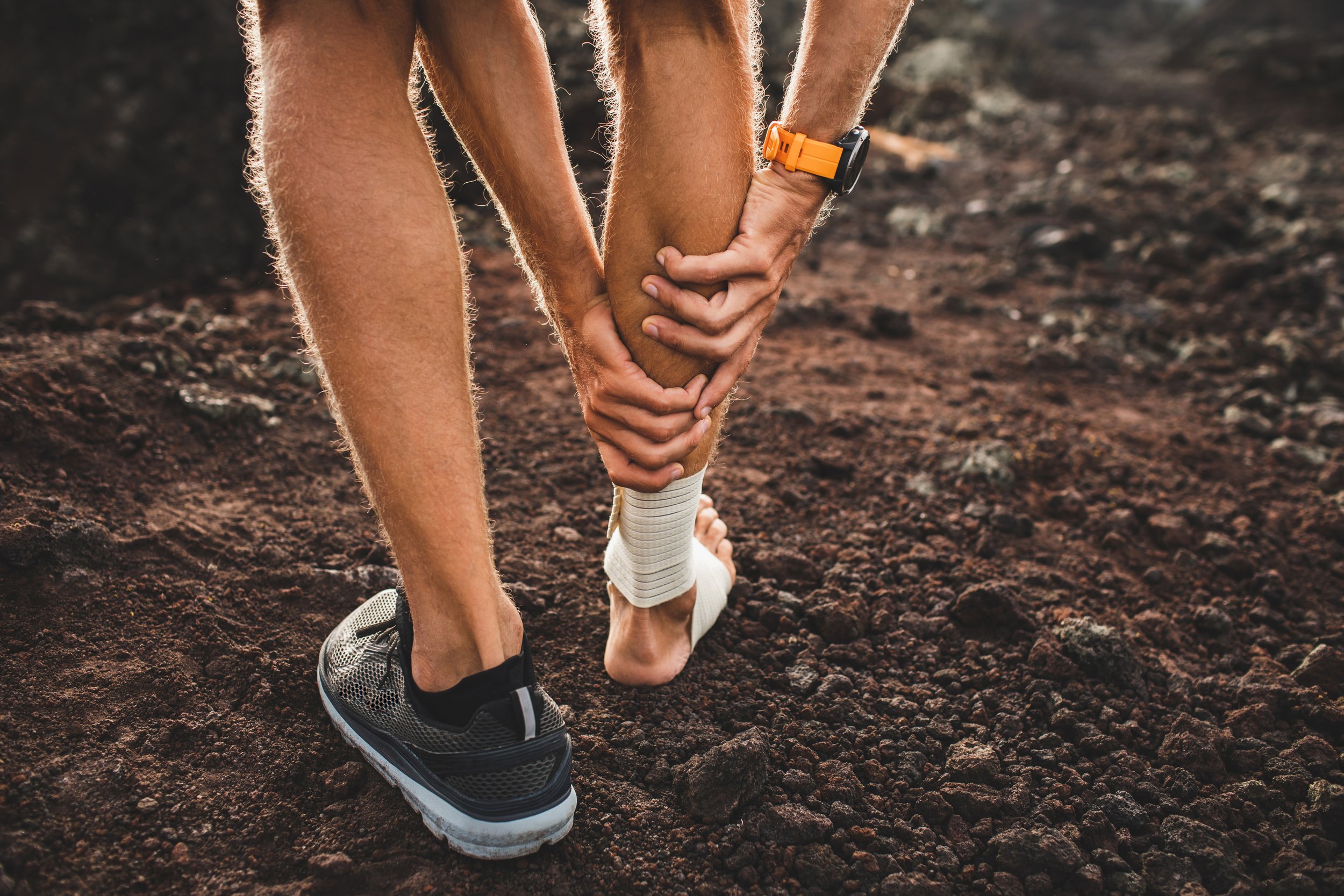A gastrocnemius strain refers to an injury or tear in the gastrocnemius muscle, which is one of the two major muscles in the calf. The calf muscles, including the gastrocnemius and soleus, play a crucial role in walking, running, and jumping.
Causes:
Gastrocnemius strains often occur due to overstretching or excessive force placed on the muscle, which can lead to microtears or partial tears in the muscle fibers. Common causes of gastrocnemius strains include:
Sudden or forceful movements, such as jumping or sprinting.
Inadequate warm-up before engaging in physical activities.
Overexertion or overtraining of the calf muscles.
Previous injuries that have not fully healed and weakened the muscle.
Symptoms:
The symptoms of a gastrocnemius strain may vary depending on the severity of the injury, but they can include:
Sharp pain or a pulling sensation in the calf muscle.
Swelling and bruising in the affected area.
Difficulty or pain when walking or putting weight on the leg.
Tenderness to touch in the calf region.
Treatment:
For a gastrocnemius strain, it's important to follow the RICE method (Rest, Ice, Compression, Elevation) in the immediate aftermath of the injury. This can help reduce pain, swelling, and further damage. Here are some general treatment steps:
Rest: Avoid putting weight on the affected leg and refrain from activities that could worsen the strain.
Ice: Apply ice packs wrapped in a cloth to the injured area for about 15-20 minutes every 2-3 hours during the initial 48 hours.
Compression: Use an elastic bandage to wrap the calf snugly, but not too tight, to help reduce swelling.
Elevation: Keep the leg elevated when possible to minimize swelling.
Pain relief: Over-the-counter pain medications can be taken to manage pain and inflammation, but it's essential to follow the recommended dosages.
Gradual stretching and strengthening exercises: After the initial acute phase, your doctor or physical therapist may recommend gentle stretching and strengthening exercises to aid recovery. Supervision may be necessary initially to not re-injure your calf.
It's crucial to seek medical attention if you suspect you have a gastrocnemius strain to receive proper evaluation, diagnosis, and a tailored treatment plan. In severe cases or cases where the injury doesn't heal properly, more advanced interventions like physical therapy or even surgery may be necessary.

